Polish Easter Babka
A traditional, yeasted, Polish Easter Babka cake – Babka Wielkanocna Jump straight to the recipe I have always found Easter…

A traditional, yeasted, Polish Easter Babka cake – Babka Wielkanocna Jump straight to the recipe I have always found Easter…

This is one of my favourite recipes from my cookbook Wild Honey and Rye for Polish Meatballs in a Mushroom…
![Open Sandwiches with Turkey [Recipe Video]](https://www.renbehan.com/wp-content/uploads/2016/12/Open-Turkey-Sandwiches-Featured.png)
A cracking recipe to make with leftover turkey, but you can use chicken, too. If you’re after some cocktail inspiration…

We were lured by the huge crates of English cherries at St Albans Market over the weekend. By the time…
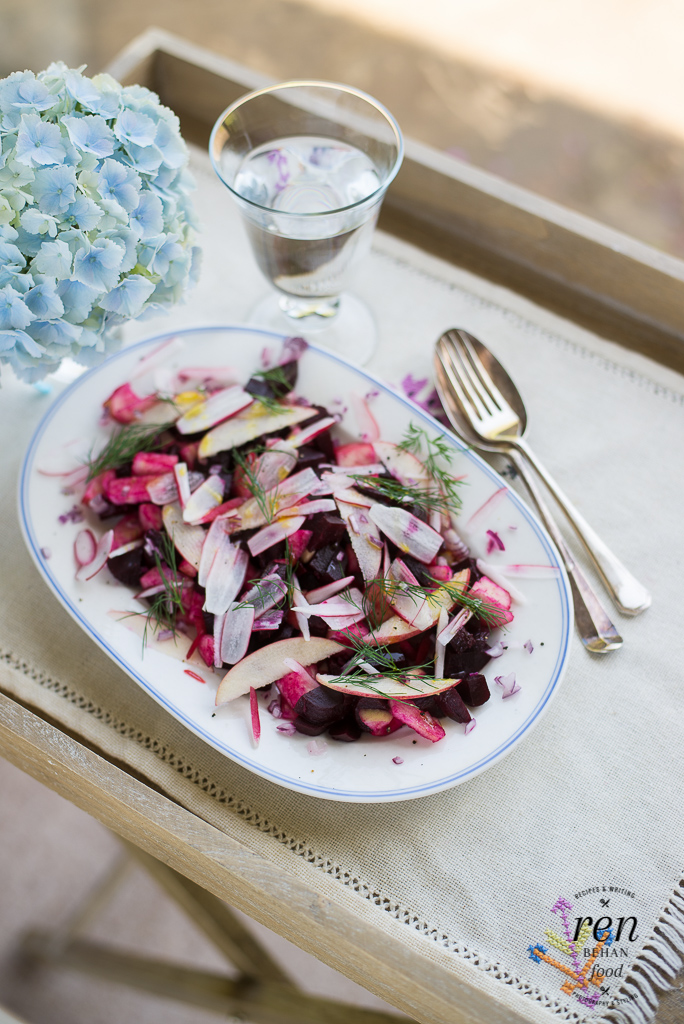
A Polish-inspired beetroot summer salad with apples, radish and dill I was interested to read this week about the four…
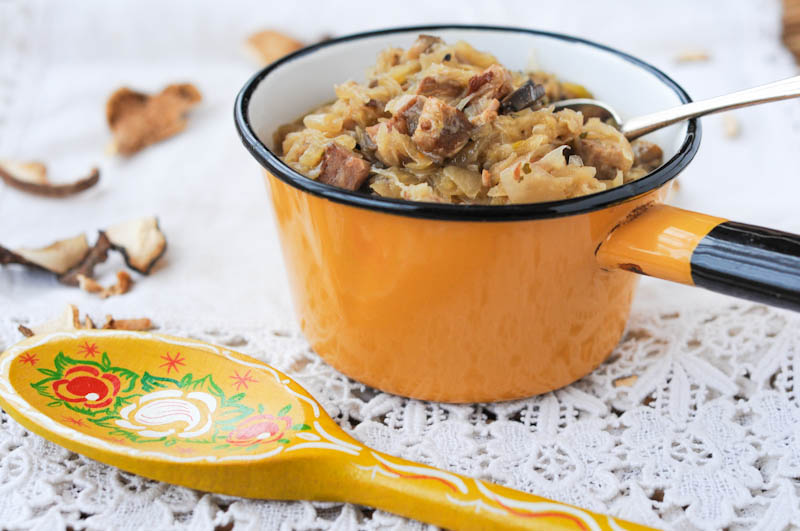
I’d like to promise that the recipes I include under my new ‘My Polish Kitchen‘ banner won’t be all about…
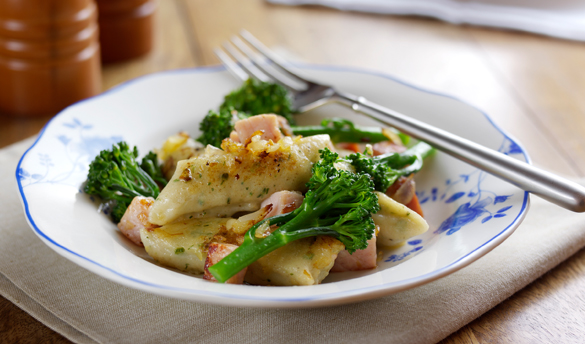
Hurray! Today officially marks the first day of spring. March has already been an incredibly busy month for me recipe-wise…

Happy New Year! I’m back. I’ve indulged in a long break. In fact, the longer I took, the harder it…
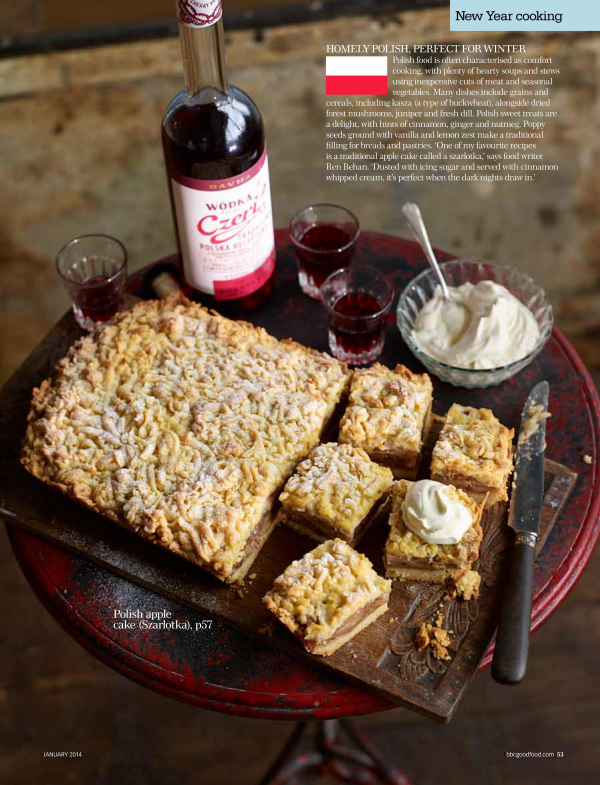
It’s almost time to wish you all a wonderful Christmas break. There are presents to wrap and people to see…
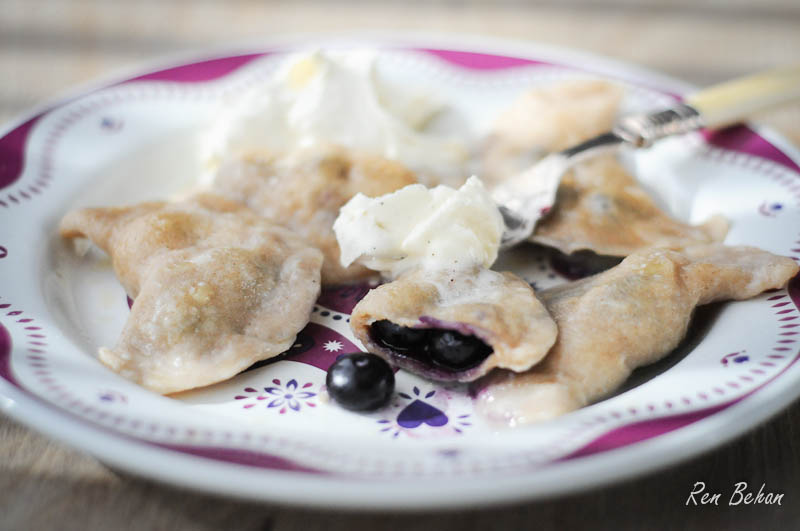
Pierogi are one of the most well-known, traditional Polish dishes and can be found around the world. They are small dumplings, also…
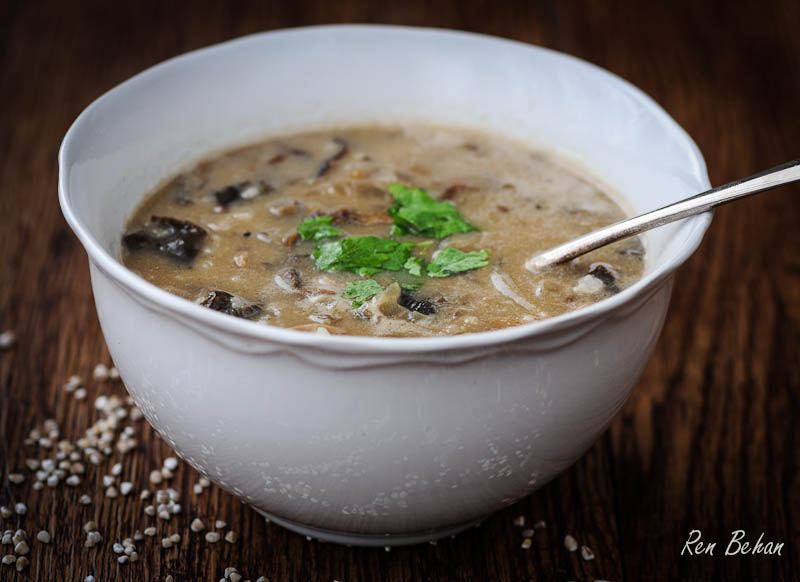
Today is a mushroom soup day. The half-term school break was really busy, added to which, I’ve been flu-fighting. Polish wild mushroom…
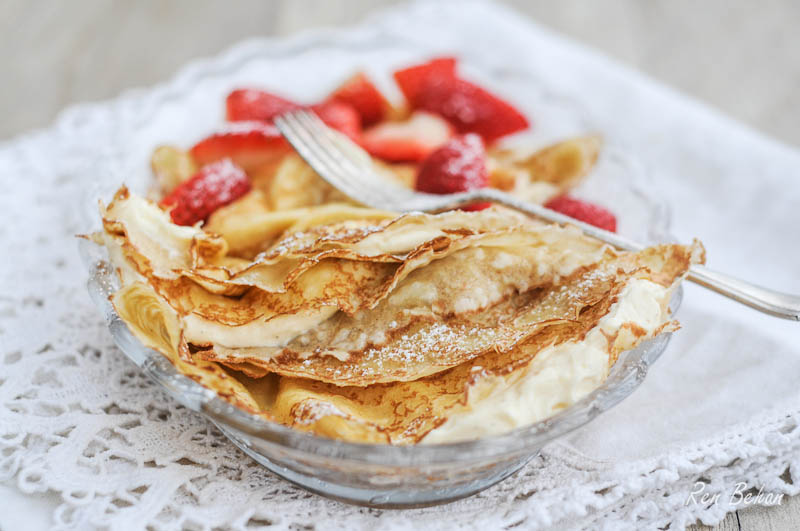
I’m excited to share this recipe with you as it’s really delicious and probably quite different to anything you may…
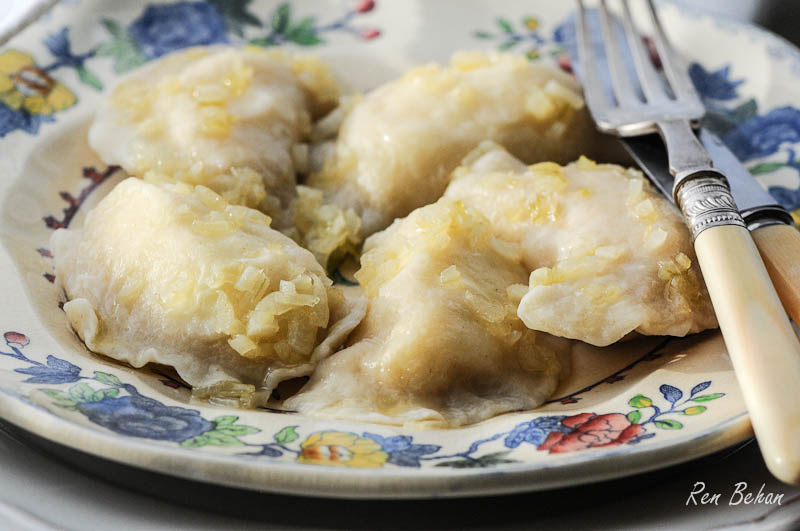
Another Christmas has come and gone…I hope you all had an enjoyable time. It’s been wonderful to relax, see family…

A cold winter’s day really only demands one thing – a warming bowl of chicken soup. My favourite word this week…
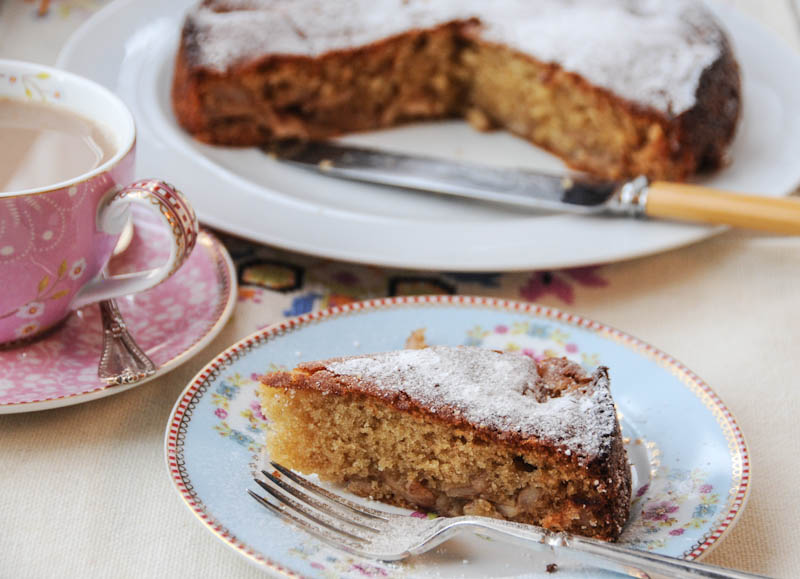
If you are lucky enough to have apples in your garden this year, this is the perfect recipe to have…
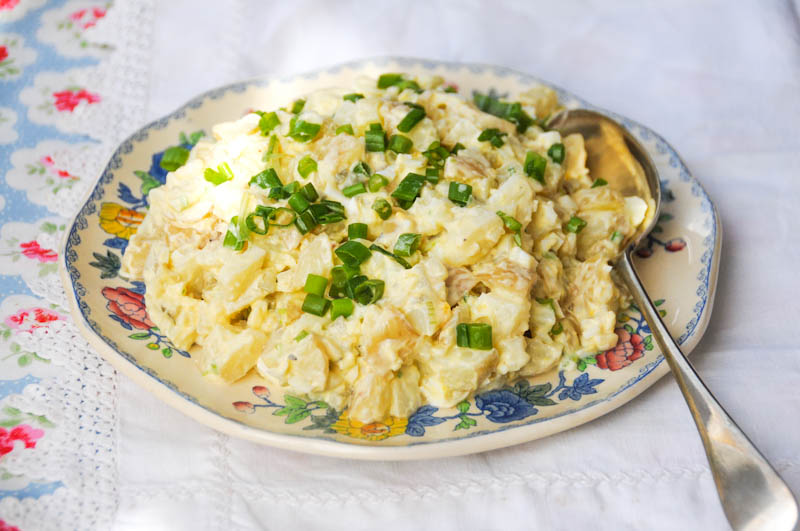
I made my mum’s Polish potato salad the other day. It was one of my favourite salads growing up and it’s perfect…
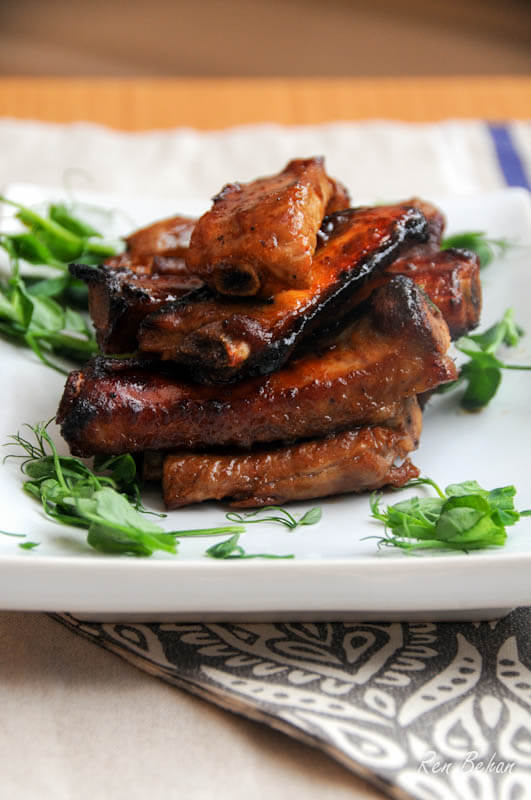
Well, the summer (ahem, excusing the miserable weather) of sport has begun with the start of the Euro 2012 football…
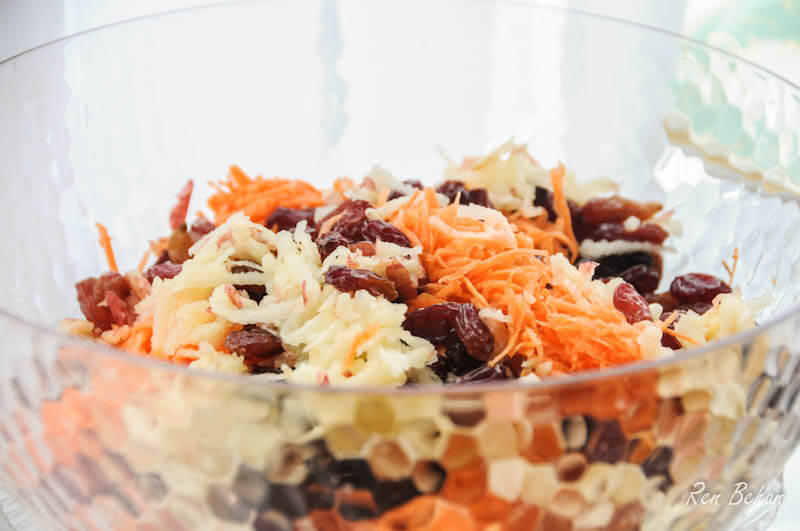
There comes a point at which you have to stop eating cake. It is a sad point, but one that…

I know, I know, Christmas is getting earlier and earlier each year, but for some reason, this year there is…